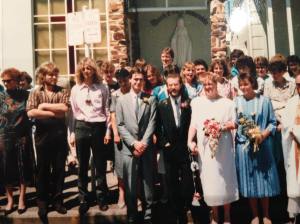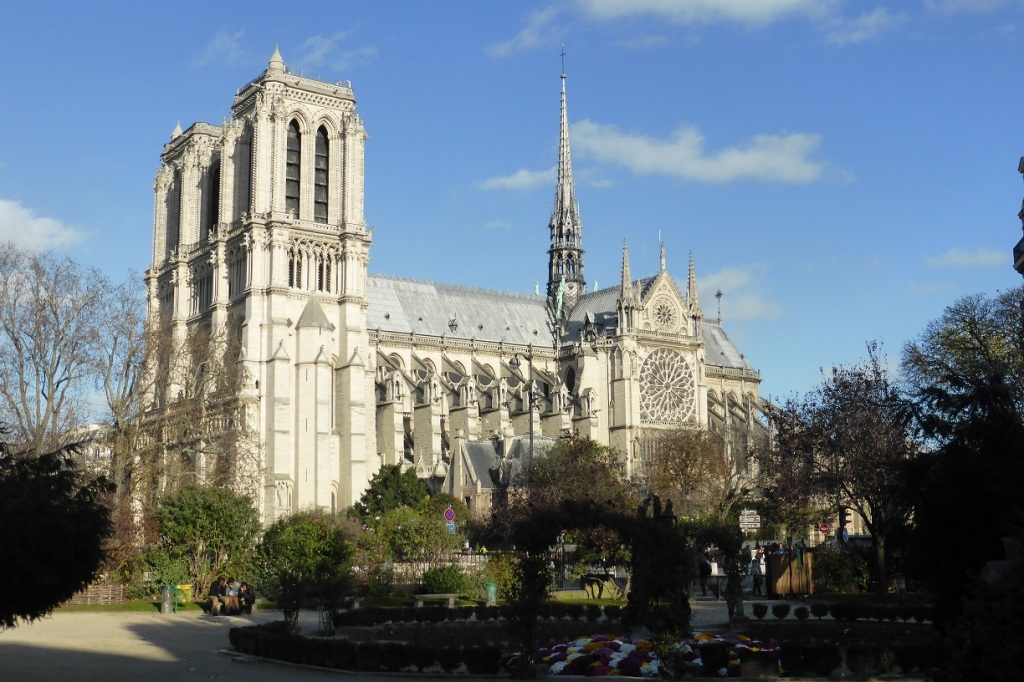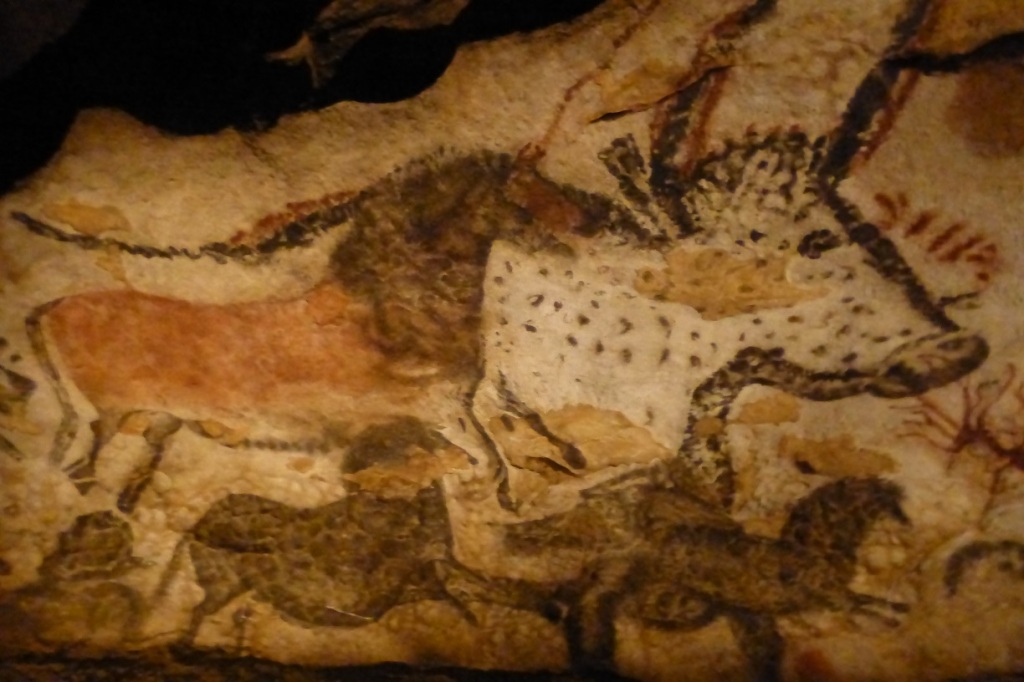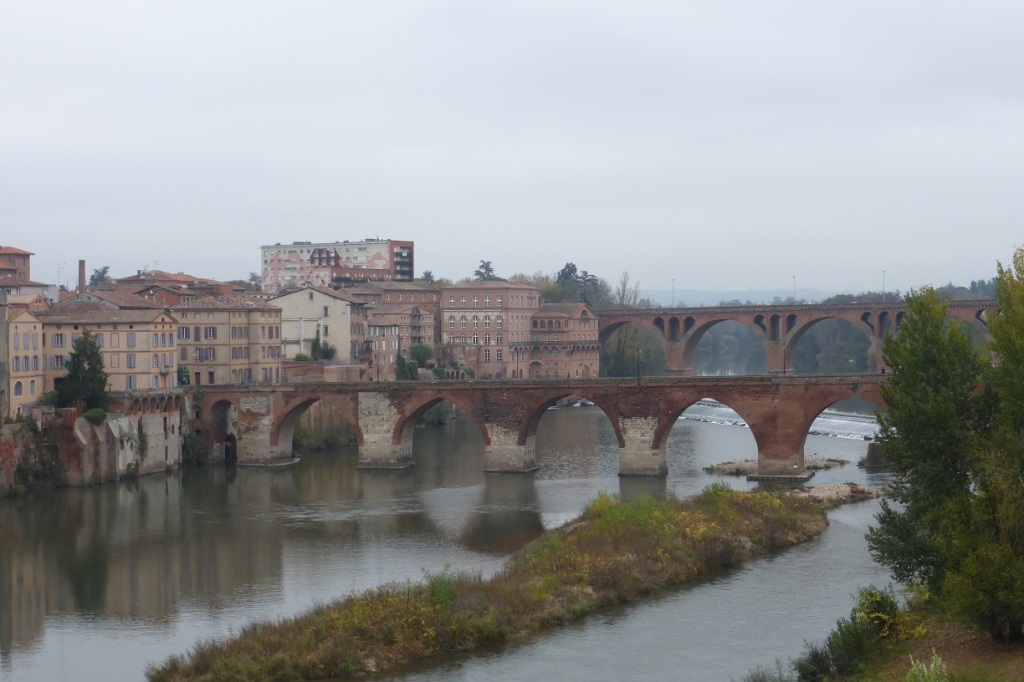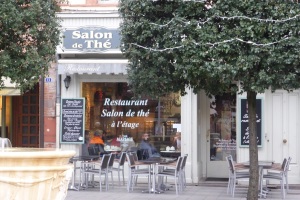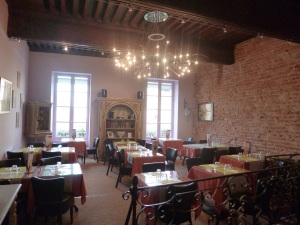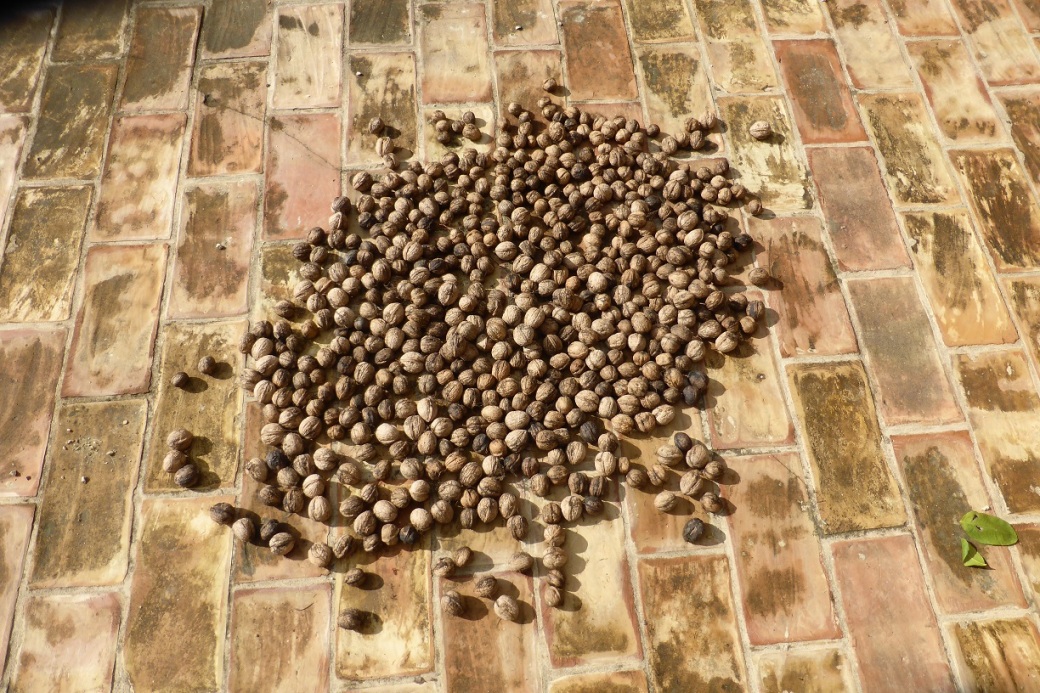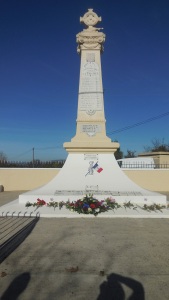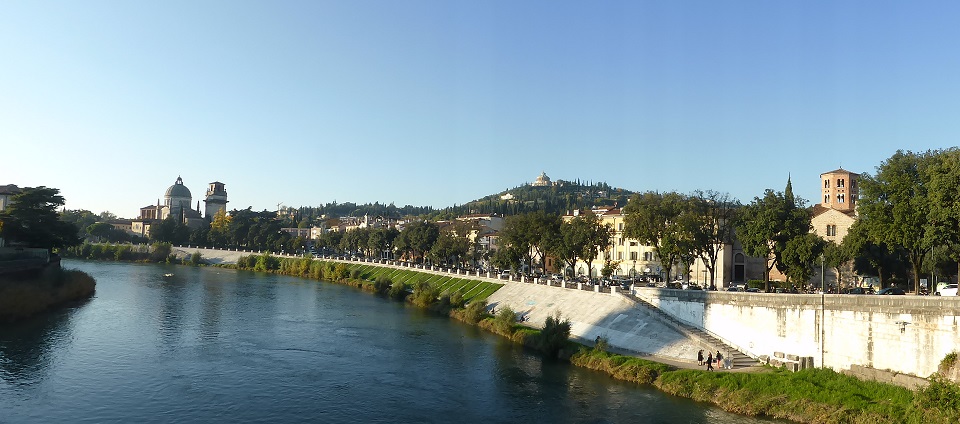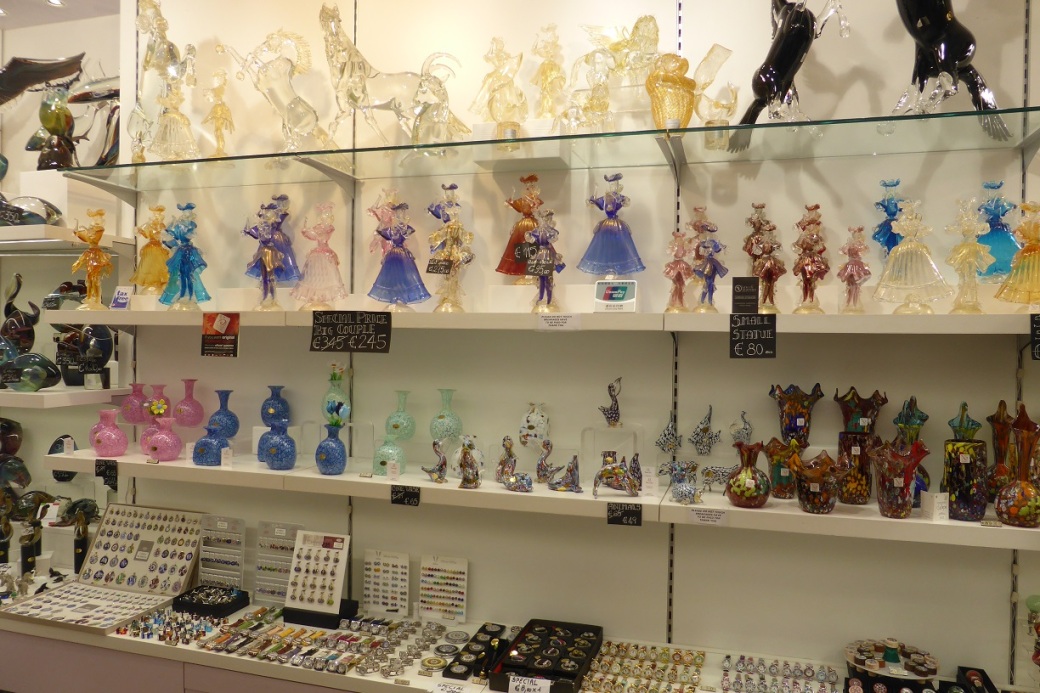We had booked 3 nights in London as part of our airfare deal, before leaving Brisbane. We had randomly picked some dates thinking there would line up with our return from the Continent. However plans had been adjusted along the way and now this accommodation seemed to be hanging in time.
Morag had applied for some house sits near London that fitted in with the 5 day gap in our plans, but remarkably(!) we were passed over, and so we headed for the Scottish Highlands again. Well not quite, but Aberdeen at least. When booking our Eurostar tickets we also booked a connecting train from London to Aberdeen thinking we would have few more days with the Scottish side of the family before the weather turned too cold.
But then it snowed in Aberdeen.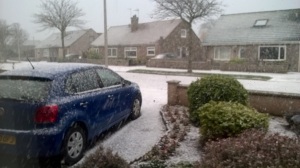
Luckily that first fall of snow didn’t last long and when we arrived it was unseasonable warm which we took full credit for saying we had bought our sunny Queensland dispositions with us.
So day #190 was a day of train travel with us leaving Paris early and arriving in Aberdeen quite late.
Jim and Marjory had a warm welcome and hot drink waiting for us. Our trip to Aberdeen was brief. As we told the locals, we were there for a good time but not for a long time, and they possibly breathed a sigh of relief to hear that as they thought they had seen the end of us after we stirred up their summer with our visit. We were there long to enjoy more walks along the Prom, lots of laughter and chatter and to visit Uncle Sandy on the morning of his 89th birthday. One of the joys of this trip has been to spend time with family members that we have had so little contact with over the years because of the tyranny of distance.
Another joy of this trip has been to make new friends and also reconnect with others. Using the power of Facebook, Morag had made contact with Iain who she had worked with at the Children’s Hospital in Adelaide in 1986. Iain is Scottish and he and his Irish girlfriend Katie were married in Adelaide November 1986 and we were among the lucky people to share the day with them.
Ahh – the fashions of the 1980’s might have us shaking our heads now, but we were wonderful and let no one try and say otherwise. That is Katie and Iain off-centre in the first photo, with Dean and I looking dapper at the right of the second. Oh, to be so young again and still know what we know now.
After a trip around Australia, including a stopover with Morag’s parents in North Queensland that they remember fondly, Katie and Iain returned to Scotland and worked in the Outer Hebrides and at some stage we lost contact as children and life became busier.
While in Aberdeen we picked up another hire car and day #193 saw us head for the north-east of Scotland to Stanraer in the south-west, to visit our long lost but now re-found friends.
Our drive to Stanraer was memorable as we seemed to strike all possible weather from sunshine to high winds, driving rain and even sleet. The last few miles along the coast even saw waves breaking over the road.
But it all proved worth it when reached Katie and Iain’s. Iain is still the lovely quite gentle man we met 30 years ago and Katie’s generous spirit seems to have just grown over the years. They are still as in love as they were and have 4 beautiful children, the youngest two who are teenagers and we were lucky enough to meet. Katie and I bonded as Mothers of daughters who are off teaching English in far flung foreign countries, and we were both on a countdown of the days until our respective girls would be with us again.
Stanraer
Iain had to work the but Katie acted as our tour guide with the first stop being the local hospital to see Iain’s Radiology Department which he was involved in designing. Katie and Iain both work at the hospital and are obviously valued members of the medical service and the community.
It was then on to the Mull of Galloway and Portpatrick before the weather forced us home for shelter.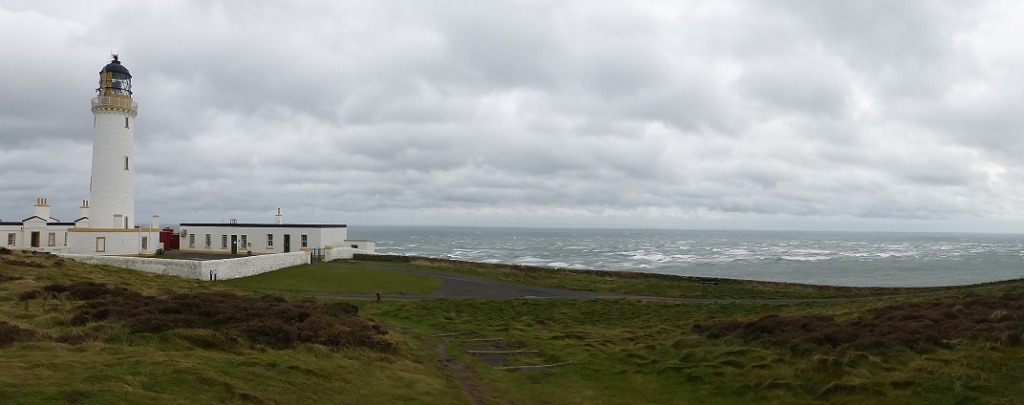


Our visit to this area was much too short, but catching up with Katie and Iain after all these years made up for not having time to see more of the area. Before leaving, we spent some time convincing them that a trip to Australia for a reunion with all their Aussie friends was in order. We hope in a couple of years we may be returning their hospitality.
